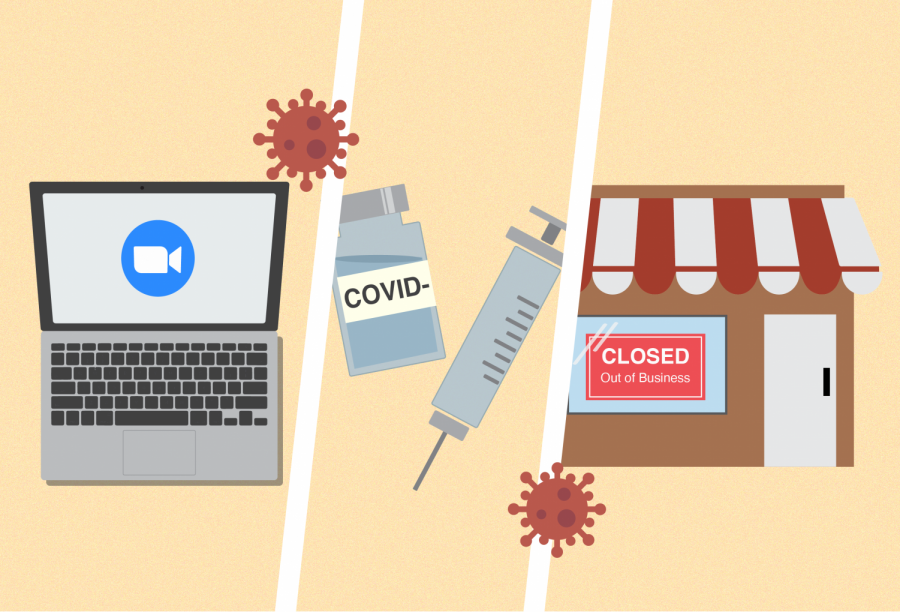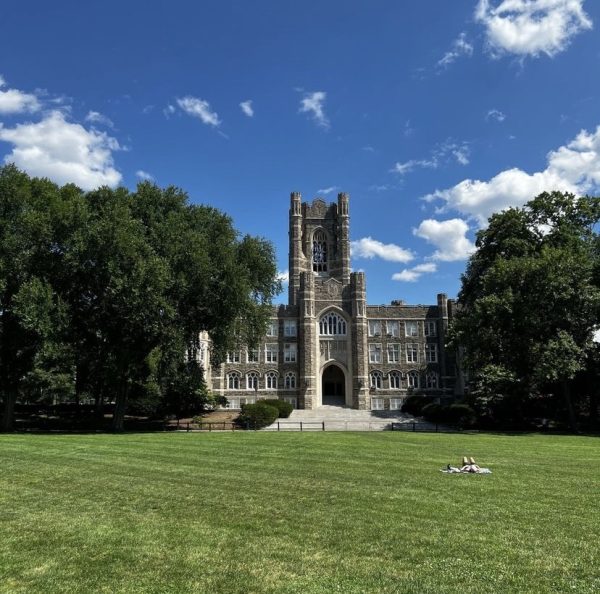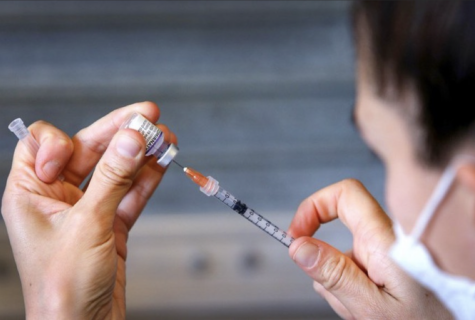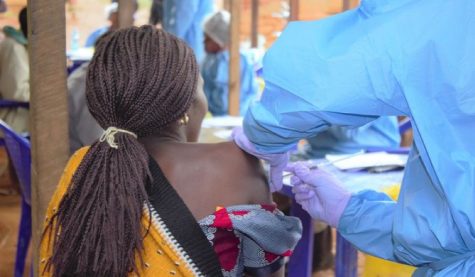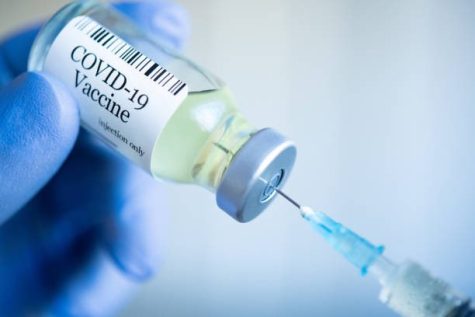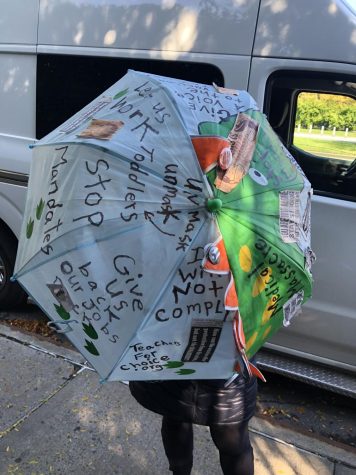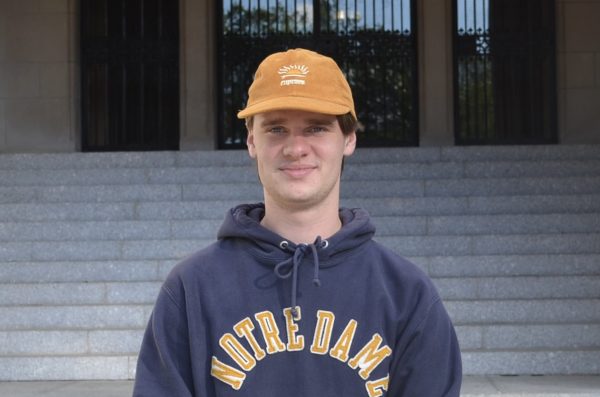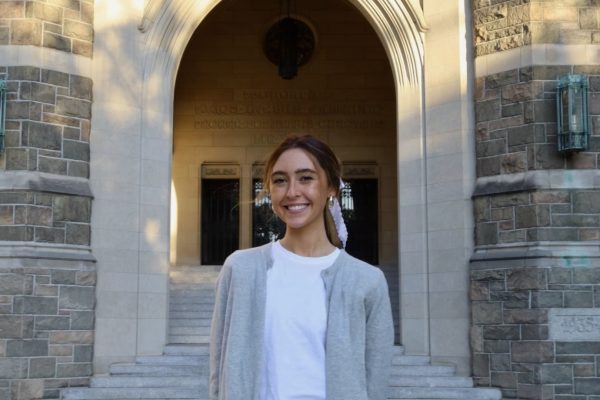COVID-19 Presents Threats to Educational Gaps
While we certainly know more about COVID-19 now than we did in March 2020, there are still many unknown consequences. Dealing with an unknown future means we have important choices to make in the present to prioritize the health and well-being of Americans. We need to focus on educating the public on the benefits of getting vaccinated against COVID-19 and preventing the widening learning gap that is present in today’s schools.
While vaccine distribution thus far has given us hope of returning to some semblance of normalcy, the rise in coronavirus-related cases and deaths is alarming. In early 2020, New York City was the epicenter of COVID-19 in the United States with 203,000 confirmed cases. Since the start of the pandemic, half of the deaths in the United States due to COVID-19 have occurred since Nov. 1, resulting in over 500,000 total deaths. New variants of the virus from the United Kingdom, South Africa and Brazil have been detected in the United States and spread more rapidly and easily, which may account for the increase in cases.
The Pfizer and Moderna vaccines will play instrumental roles in achieving herd immunity, and they are also effective against the new variants. Dr. Anthony Fauci, director of the National Institute of Allergy and Infectious Diseases, says that we need to vaccinate 75-80% of the population to achieve herd immunity. In New York, essential workers, people aged 65 or older, school faculty, public transit workers, people with underlying medical conditions and people living in homeless shelters are eligible to be vaccinated as of Feb. 15, 2021. In summer 2021, all others will be eligible for the vaccine.
Despite the vaccine’s future availability, there is hesitation to receive the vaccine, with many concerned about its quick production and side effects. Dr. Susan R. Bailey, president of the American Medical Association (AMA), says that local communication programs would be useful in answering people’s questions about the safety and efficacy of the vaccines. We can take advantage of virtual conferences and hold community events where we can ask certified health professionals about the vaccines. Making these programs accessible is key to ensuring that the public is informed and able to counter any misinformation from nonreputable sources. By implementing an informative program and maintaining social distancing and mask-wearing, we can take a step forward toward reducing the anxiety that comes with COVID-19, the vaccine and being in public once things open up.
In preparing for a post-pandemic future, we need to take action toward schooling and the well-being of children in the present. Specifically, mental health services are crucial for the well-being of children and adolescents dealing with the effects of school closures, quarantine and financial instability in the household. Remote learning is not ideal for younger children, as it introduces obstacles to learning foundational skills, as well as vital social skills through interaction with classmates. Instead of interacting with classmates, having a hands-on learning experience and attending gym classes in school, children are isolated behind their screens. For children attending in-person, constant closings due to COVID-19 spikes create an unpredictable learning environment. The learning-gap that has resulted from unstable schooling has encouraged many parents to homeschool their children, most notably with many children skipping kindergarten. This is common in upper-class households, but we need to encourage a universal plan for schooling that is accessible and realistic for all children.
For children continuing their classes remotely, a lack of reliable internet represents a challenge to keeping up with studies. The difficulties with remote learning are most pronounced in children from lower-income backgrounds and those with special needs. One way that the learning gap can be remedied is by making technology, such as laptops and WiFi hotspots, more accessible to children for remote learning. It can also help to offer more synchronized and one-on-one class time. Offering in-person activities following COVID-19 guidelines for smaller groups of children who do remote learning may also give an opportunity for the vital social interaction that is neglected online. We can take small steps in acclimating to normal school life so that in the future, the learning gap will be minimized.
Even as we reach widespread vaccine distribution, social distancing and mask-wearing may remain a vital part of our lives. However, as we learn more about the virus through research, we may soon reach a point where the pandemic is behind us and we can start to recover from its effects on our lives. The long-term effects of COVID-19 on society in terms of vaccine distribution and schooling are inevitable, but with sensible decision-making today, we can make our post-pandemic lives a little easier.
Tina Savvaides, FCRH ’22, is a chemistry and theology major from Norwalk, Conn.



































































































































































































